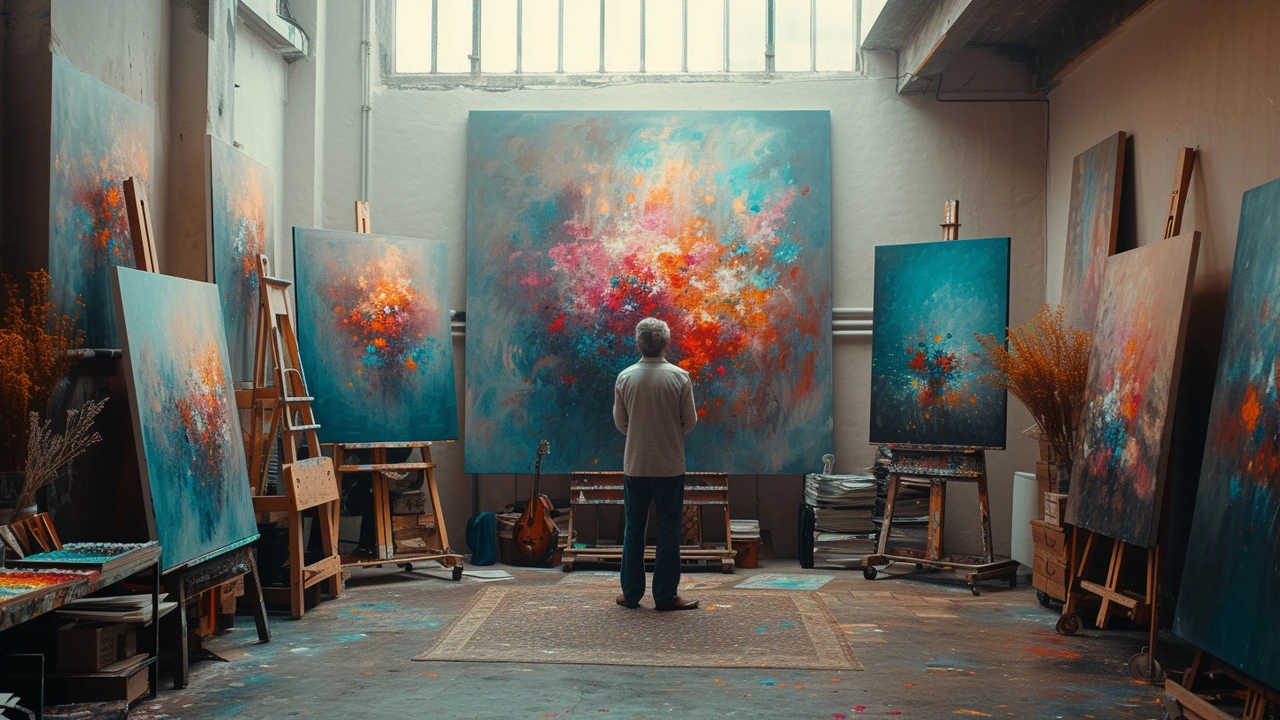The Essence and Scope of Creative Arts Therapies
Imagine a world where healing doesn't solely rely on words or medications but also on the transformative power of art. Creative arts therapies stand at this intersection, harnessing the arts' potential as a therapeutic tool. Rooted in the belief that creative expression can foster healing and mental well-being, these therapies span various forms, including art, dance, music, drama, and even writing. They are not just about creating art but about using that process as a reflective tool to explore emotions, thoughts, and experiences. The beauty of these therapies lies in their accessibility; one doesn't need to be an artist to benefit. They offer a non-verbal outlet for expressing feelings that might be difficult to articulate, providing a unique space for personal insight and understanding.
The Psychological Underpinnings
At its core, the efficacy of creative arts therapies lies in its ability to activate different parts of our brain. Engaging in creative activities stimulates neurological pathways that can impact our emotional state, alleviate stress, and even reduce symptoms of depression and anxiety. For instance, drawing or painting might help soothe the amygdala, the brain's fear center, promoting a sense of calm. Meanwhile, music therapy can stimulate areas of the brain involved in mood regulation and emotional expression. This neurological activation is accompanied by psychological benefits, such as improved self-esteem, emotional release, and enhanced coping skills. The process of creating art allows for the externalization of inner experiences, offering a tangible way to confront and reframe negative thoughts and feelings.
Benefits Beyond Mental Health
The ripple effects of creative arts therapies extend beyond mental health, touching aspects of physical, social, and cognitive well-being. For those battling chronic conditions, these therapies can provide a psychological escape from pain and fatigue, improving quality of life. Socially, group settings foster a sense of community and understanding, breaking down feelings of isolation. Cognitively, engaging in complex artistic activities can enhance cognitive function over time, potentially offering protective factors against neurodegenerative conditions like dementia. The act of continuously learning and mastering new artistic skills also contributes to a sense of accomplishment and personal growth.
Integrating Creative Arts Therapies into Your Life
Embarking on a journey with creative arts therapies doesn't require a significant overhaul of one's life or a hefty investment. It begins with an openness to explore and express oneself through mediums that resonate personally. This could be as simple as keeping a journal, enrolling in a dance class, or experimenting with painting. For those seeking more structured support, certified art therapists can guide individuals through the therapeutic process, tailoring activities to meet specific emotional or psychological needs. Community centers, hospitals, and wellness programs increasingly offer arts therapy workshops, making it easier than ever to access these resources. Remember, the goal isn't to create masterpieces but to embrace the process of creation as a path to healing.
Challenges and Considerations
Despite their benefits, creative arts therapies face challenges in broader acceptance and utilization. There's a lingering misconception that these therapies are only suitable for children or those with artistic inclinations, overshadowing their universal applicability and therapeutic potential. Additionally, access can be a barrier, with limited availability in certain regions or underrepresentation in healthcare plans. Research and advocacy are critical in overcoming these obstacles, highlighting the therapies' efficacy and pushing for greater integration within standard healthcare models. It's also important for individuals to approach these therapies with an open mind and realistic expectations, understanding that, like any therapeutic process, the journey may be gradual and requires commitment.

Comments